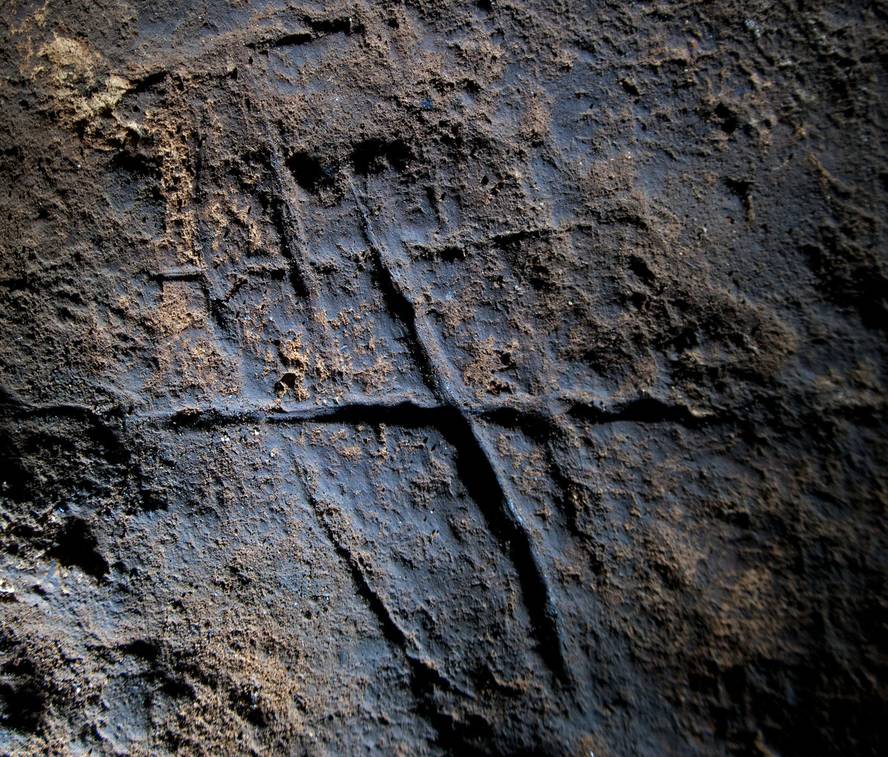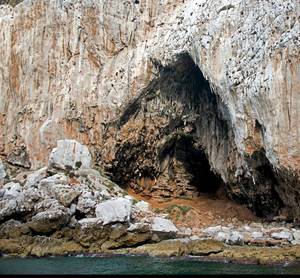Neanderthals find an image that would show they had an abstract thought
The 300 cm2 image is engraved on a horizontal rock. In fact, it was discovered two years ago and since then an international team has worked in its study under the direction of a researcher from the University of Huelva. The results have now been published in the PNAS magazine. According to the article, the realization of paintings or engravings is related to the maximum cognitive capacity, since it is the way to save and transmit symbolic symbols. And as until now no paintings or prints were found by Neanderthals, some experts questioned their cognitive ability. That is why researchers have given him so much importance.
As it is a recorded image, they have not been able to use the carbon-14 technique to date. Instead, the layer covering the engraving has been studied using various techniques. Both the study of minerals and the instruments found in this layer indicate that the engraved stone is prior to 39,000 years.
On the other hand, deep experimental studies have been carried out to rule out that the image arose randomly, for example, when the leather was worked or when it was drawn on the stone without special intention. The researchers have no doubt that the image is intended, since for its creation the authors had to repeatedly rub the stone. For example, to draw the deepest line he had to make at least 54 arrastres. According to the researchers, this shows that the author had neuromotor control and was persevering. Also, considering the place where he did, they believe that he did the rest of the members who were in the cave. Therefore, they have come to the conclusion that they were masters of abstract thought, like us.







